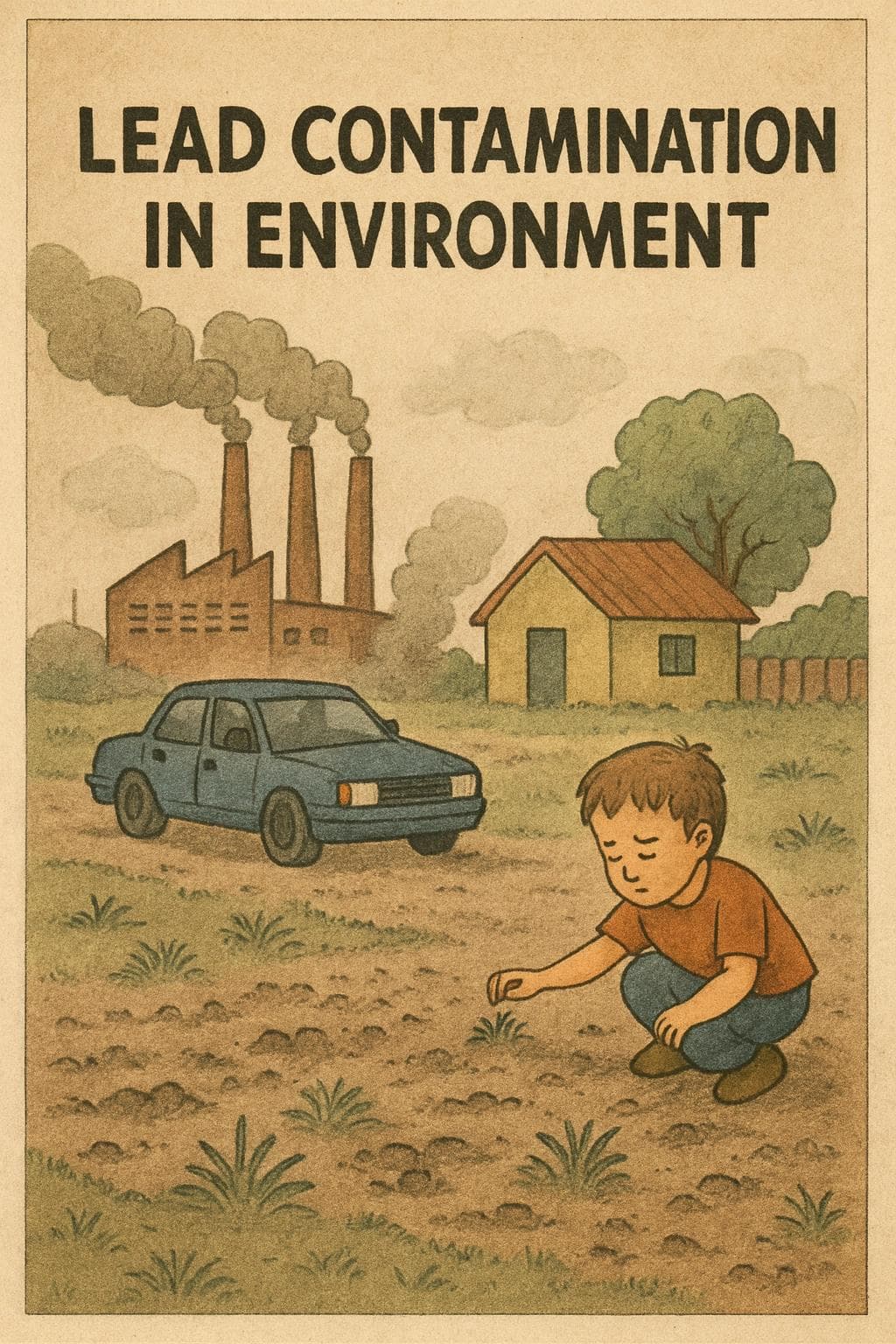

Lead poisoning is a serious health concern that can affect individuals of all ages, but it poses the greatest risk to children due to their developing bodies and brains. Understanding the symptoms, causes, and treatment options is crucial for prevention and effective management. In this article, we will delve deeper into the various aspects of lead poisoning, exploring how it enters the body, identifying signs to watch for, and discussing ways to reduce lead exposure for a healthier future.
Lead poisoning occurs when lead accumulates in the body, often as a result of prolonged exposure over months or even years. The insidious nature of lead poisoning lies in its ability to cause harm even in small amounts, leading to significant health problems. Children, due to their exploratory behavior and hand-to-mouth activities, are particularly susceptible to lead ingestion, which can severely impact their cognitive and physical development.
Lead can infiltrate the body through two primary routes: inhalation and ingestion. When lead particles or fumes are inhaled, they enter the lungs and quickly get absorbed into the bloodstream, spreading throughout the body. Similarly, when lead-contaminated food or water is consumed, the digestive system absorbs the lead into the bloodstream. This dual mode of entry makes it challenging to avoid lead exposure without proper precautions and awareness.
Lead is pervasive in various environmental sources, making exposure a widespread concern. Common sources include:
Recognizing the symptoms of lead poisoning can be challenging because they often mimic those of other common illnesses. However, being aware of these signs is crucial for early intervention and treatment, which can prevent long-term health complications.
Children are more vulnerable to the effects of lead poisoning due to their developing nervous systems. Symptoms to watch for include:
Adults can also suffer from lead poisoning, although the symptoms may differ slightly from those in children. Common symptoms include:
The long-term effects of lead poisoning can be devastating and irreversible. Chronic exposure to lead can result in severe health complications that impact various bodily systems.

In children, lead exposure can have lifelong consequences, including:
Adults exposed to lead may experience serious health issues, such as:
Testing for lead poisoning is essential if exposure is suspected, as early detection is key to preventing severe health outcomes. A simple blood test can accurately measure the level of lead in the bloodstream. This test is particularly recommended for:
If you or your child have been exposed to lead, taking steps to reduce lead levels in the body is crucial for minimizing health risks.
A diet rich in certain nutrients can help decrease lead absorption. Consuming foods high in calcium, iron, and vitamin C can be particularly beneficial. Examples include:
Making changes to your environment can significantly lower lead exposure:
In severe cases of lead poisoning, medical intervention may be required to remove lead from the bloodstream. Treatments include:
Preventing lead exposure is the most effective way to protect yourself and your family from the dangers of lead poisoning. Here are some important preventive measures:
Lead poisoning is a preventable condition, but it requires vigilance and proactive measures to ensure safety. Understanding the symptoms and sources of lead exposure empowers you to take decisive steps to protect yourself and your loved ones. Regular testing and implementing safety practices can significantly reduce the risk of lead poisoning, ensuring a healthier future for all.
If you suspect lead exposure, consult a healthcare professional for testing and guidance on reducing lead levels in the body. Early detection and intervention are key to minimizing the harmful effects of lead poisoning, allowing individuals to lead healthier lives free from the burden of lead-related health issues.
Instant Barcode Scane
Allergen Detection
Clear Ingredient Insights
Get Personalized Suggestions

Discover everything you need to know about Happy Baby Pouches: A Parent's Guide to ensuring safe and nutritious choices amidst heavy metals concerns.
Sep 25, 2025
Is sesame oil a seed oil? Yes — but not all seed oils are harmful. Learn why sesame oil is different from the “Hateful Eight” and discover the best sesame oil substitutes like oliv...
Sep 25, 2025Always.
We never monetize through brand deals, affiliate links, or ads — so you can trust our recommendations are always aligned with our users.
Effortless food scanning
Peace of mind for parents
Healthy product recommendations